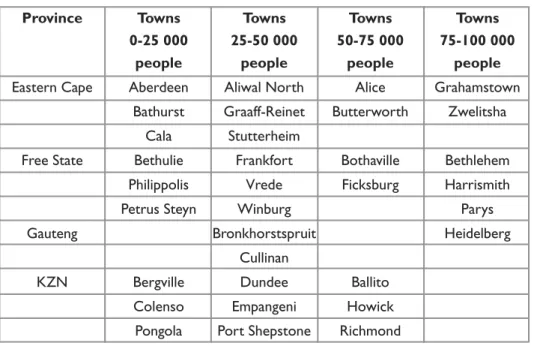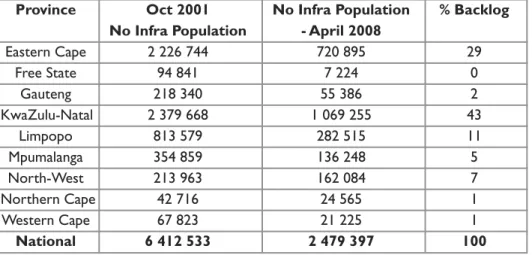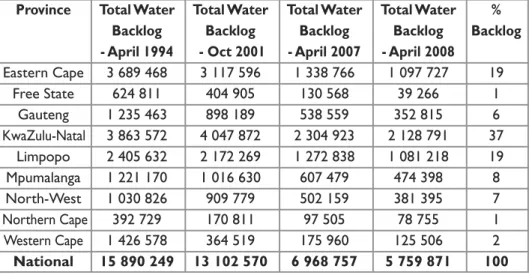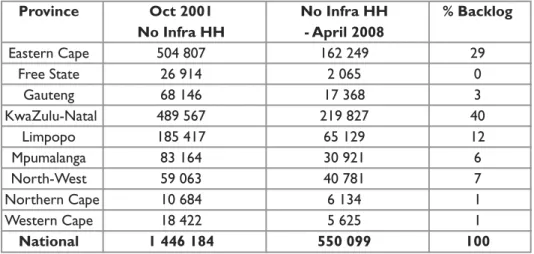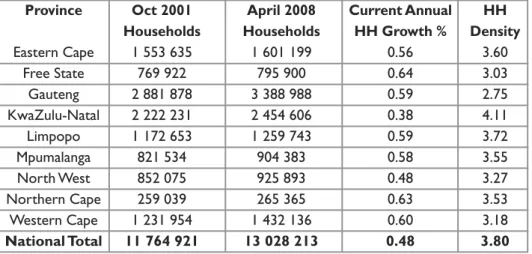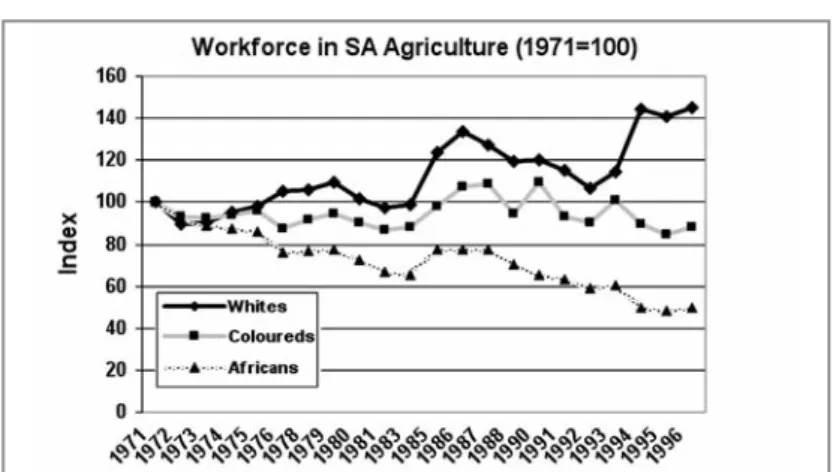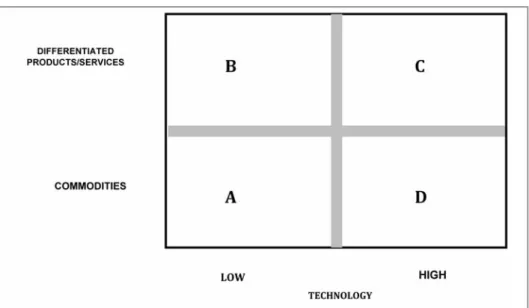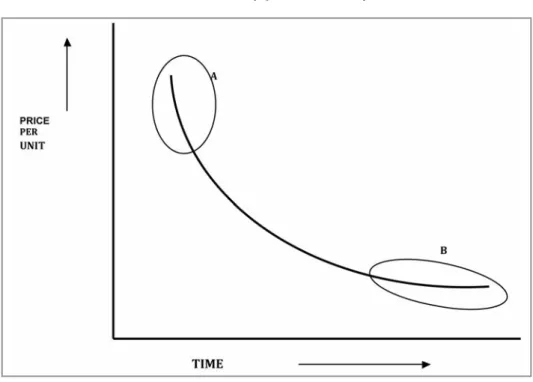The Academy of Science of South Africa (ASSAf) was inaugurated in May 1996 in the presence of then President Nelson Mandela, the patron of the launch of the Academy. The further processes will then continue under the general supervision of the Committee and report to the Council itself. The outcome of the workshop is therefore not necessarily a strategy, but rather a methodology of how 'local economic development in small towns' can be achieved.
These measure the responsiveness of the quantity demanded of a product to a change in the income of consumers who demand that product. Seven: The NPDS provides a perspective of the national space economy (given current and available data) at the national level. This trend is particularly pronounced in the Eastern Cape provinces and parts of KwaZulu-Natal.
The NSDP provides a specific perspective on the South African space economy, based on the characteristics of economic development potential and need/poverty. Despite the elegance of the previous table, classifying small cities is not an easy task. For example, the prospects of the Karoo may improve, while those of deep rural towns in the old homelands may decline.
This describes communities by the size of the commercial area and the economic functions of the community. 5) Growth engine hypothesis: Central countries can stimulate their own growth, but this is highly dependent on the population growth in the vicinity. Collection and processing of local products (usually but not necessarily agricultural products) for export outside the region.
In the case of South Africa, the new LED DPLG framework of 2006 emphasizes the need to identify and exploit the competitive advantage of South Africa's 52 municipal regions. The literature points to the importance of the 'rural non-agricultural economy' (RNFE) (Barrett et al, 2001, Rigg, 2005, Reardon et al, 2001) and the linkages between agriculture and non-agricultural enterprises in small towns. (Leinbach, 1991). Bradshaw, TK (1993), "Multi-Community Networks: The Rural Transition", in Annals of the American Academy of Political and Social Sciences, Vol.
Consumers sometimes trade in land through informal means as a result of lack of knowledge of the procedures required in the formal market. The nature of South Africa's mineral-energy based economy (Fine and Rustomjee, 1996) (which is mainly based on raw materials) explains at least part of the phenomenon. Three of the 19 studied business sectors have the potential to build sustainable low-tech companies, i.e. i) the processing sector (value addition to locally produced raw materials), (ii) the factory sector (value addition to raw materials). imported from elsewhere), and (iii) the tourism and hospitality sector.
The development of the special entrepreneurship needed to unlock these opportunities must be accelerated in South Africa.
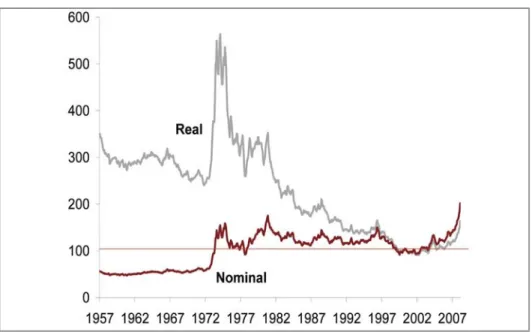
Committee member, Speaker and Staff biographies
Professor Johan Kirsten is head of the Department of Agricultural Economics, Extension and Rural Development and specializes in aspects related to agricultural policy, land reform and agricultural and food systems. He is a member of the International Agricultural Economics Association, member and past president of the Agricultural Economics, Association of South Africa. He has chaired the Food Price Monitoring Committee, appointed by the Minister of Agriculture, and is also a part-time member of the National Agricultural Marketing Council.
Professor Doreen Atkinson is the Research Manager of the Heartland and Karoo Research Institute and a Research Fellow at the Center for Development Support, University of the Free State. Previously she was a Research Associate of McIntosh Xaba and Associates, and subsequently founded the Bloemfontein branch of the Humanities Research Council. She obtained a BSc Honors from the University of Natal-Durban, a Masters and PhD in Geography from the Ohio State University.
Professor Mark Oranje is the head of the department of city and regional planning at the University of Pretoria. A Postdoctoral Fellowship at the University of California, Berkeley (1969 to 1971) and the Senior Management Program of the Sloan Business School of the Massachusetts Institute of Technology in the USA followed. He was a professor in the Department of Microbiology at the University of the Orange Free State.
He was also the director of the Institute of Environmental Sciences, a research institute of the university, and led many research programs and acted as supervisor or co-supervisor of 15 master's and doctoral students. He acted as an examiner for 17 Masters or PhD candidates from universities including those from the Free State, Pretoria, Cape Town, Natal, Zimbabwe and Tasmania. He was a lecturer in microbiology at the University of Pretoria and worked at the National Institute for Water Research (NIWR) of the Council for Scientific and Industrial Research (CSIR).
Recently, she worked for the presidency in the framework of the "Honization of the IDP-PGDS-NSDP and. Her primary responsibility is to lead and manage the implementation of the Academy's approved projects. Thabo is currently enrolled in a Masters in Development Communication at the University of Pretoria with a focus on Corporate Social Responsibility and the core communication strategies used by selected companies to achieve the Millennium Development Goals.
Workshop programme
